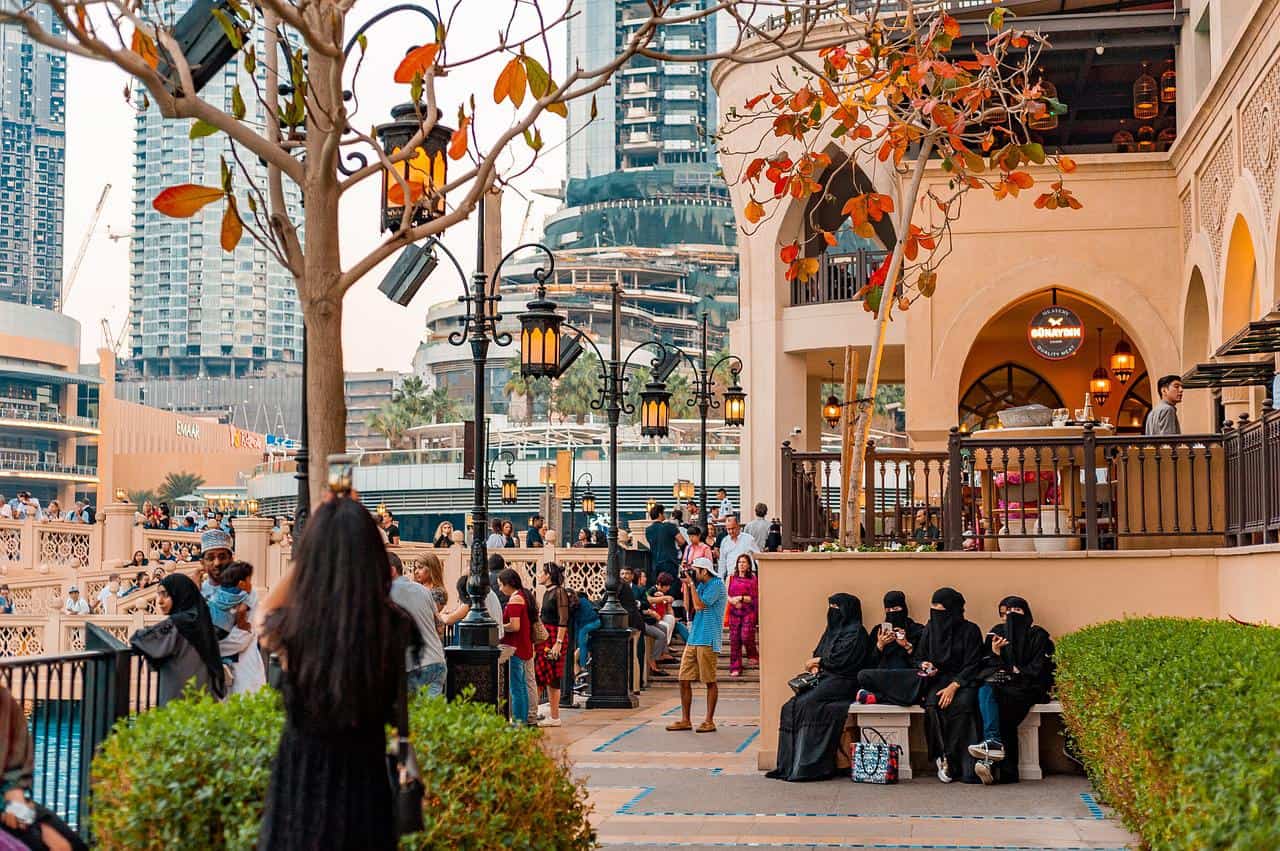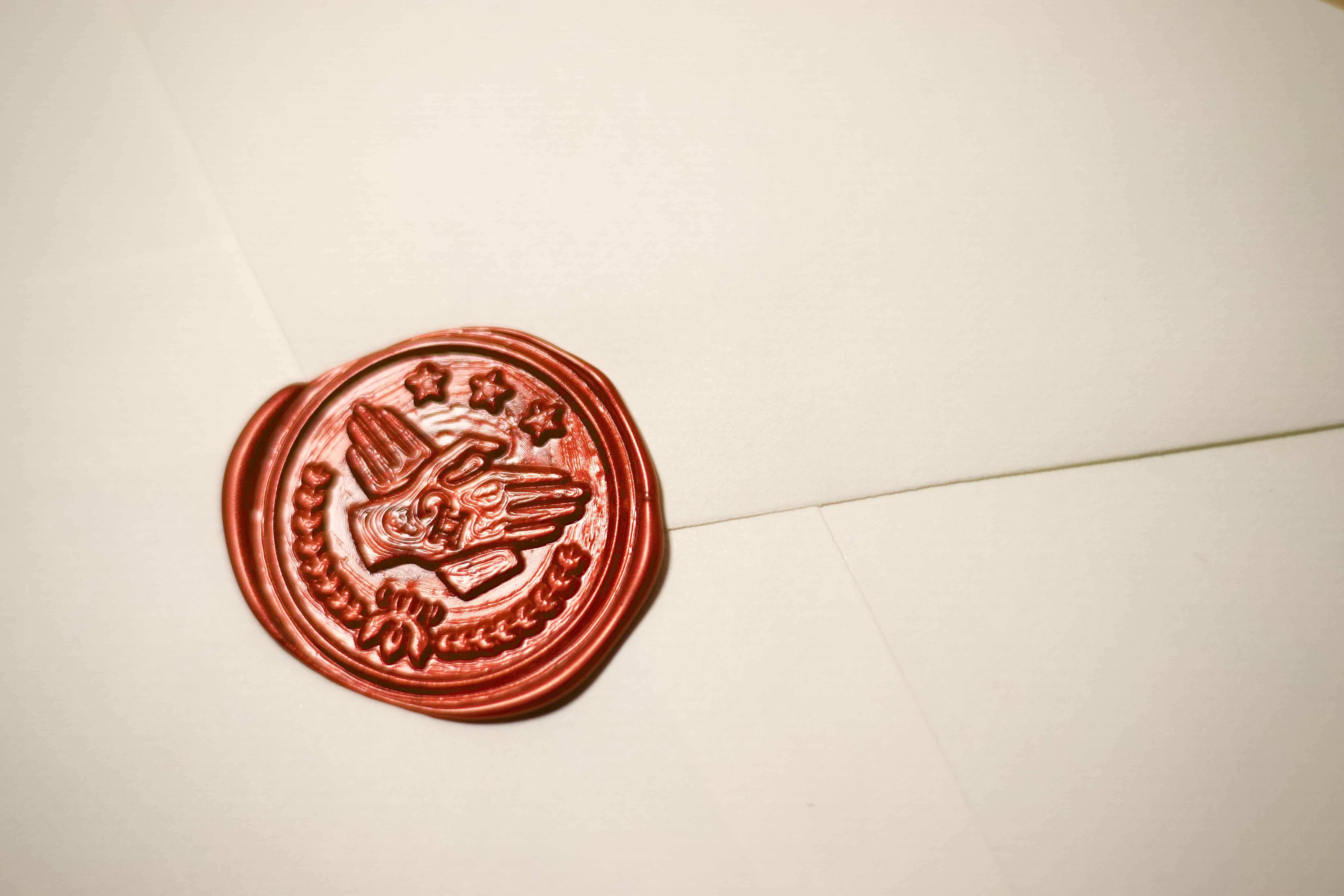Authenticating Australian Government Documents
Need your documents verified for use overseas?
So you’re moving overseas and you’ve been told you need to get your some documents authenticated. Maybe your birth certificate or a marriage certificate. For starters, there’s a lot of confusing lingo with this stuff — authentication, attestation, legalisation (see our lingo cheat sheet here). The main thing you need to know is that your docs need to be legal in order for you to be able to get where you’re going and do what you want to do. Authenticating Australian government documents is a multi-step process.
There are generally 5 steps involved in the process.
- Location: The process is different depending on where you’re going. For some countries, all you need is an apostille stamp (link). For other countries, you need legalisation from the Department of Foreign Affairs and Trade (DFAT) as well as a visit to the embassy for the country you’re going to (i.e. China or the UAE). If you get your documents through us you don’t need to work this out as our online system can work out exactly what you need as you enter in your information.
- Verification: for all countries, your document first needs to be verified by the relevant issuing body. For example, marriage and birth certificates need to be verified by the Registry of Births, deaths and Marriages. Police Certificates need to be verified by the Australian Federal Police. If your government document is a business document, say from the Australian Securities and Investments Commission (ASIC), or a tax document from the ATO, they’ll need to be verified by the respective issuing office.
- Notarisation: a copy of your document will need to be legally notarised to attest that it’s a true and accurate copy of the original.
- Authentication: if the country the document is need for is a party to the Hauge Convention Abolishing the Requirement of Legalisation for Foreign Public Documents (5 Oct 1961), the document only requires an Apostille stamp and DFAT or embassy authentication isn’t needed. If the country isn’t a party to the Hague Convention, it will need to be authenticated by DFAT.
- Legalisation: All docs that need to be authenticated by DFAT will usually also need to be legalised by the relevant foreign embassy in Australia. So if you are going to China, your document will need to be legalised at the Chinese Embassy in Australia. This step can’t be done online and requires a visit to the embassy in person.
The process to get your Australian government documents legalised can be arduous and, depending on your other commitments as you plan for your overseas adventure, quite time consuming. Yet legalisation is usually required for anyone looking to undertake further study or work overseas.

reliable, fast, hassle-free document attestation
Skip the embassy. Skip the DFAT queue. Skip the admin. Take the stress out of document attestation and let us manage the entire process for you.






